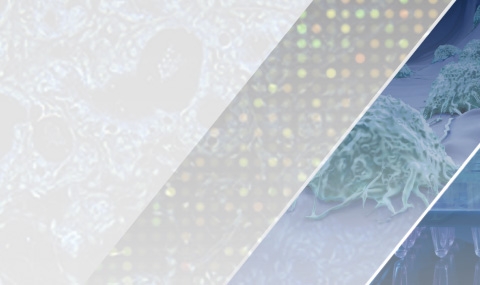TNBC accounts for approximately 20% of all breast cancer patients and can be divided into distinct molecular subtypes with different prognosis, metastatic patterns, and responses to treatments. Currently there are no effective treatments or useful molecular targeted agents for TNBC, and standard chemotherapy is the only systemic treatment. A major effort in the lab is devoted to identify molecular targets and potent combination therapies for TNBC subtypes.
- Molecular targets for TNBC subtypes: we seek to identify signaling molecules that regulate the progression and/or metastasis of TNBC subtypes, and thus could serve as effective therapeutic targets. To this end, we combine transcriptomic and proteomic analysis together with bioinformatics tools to map signaling networks in TNBC subtypes, to eventually identify predominant signaling pathways driving tumor progression and metastasis. The potency of each target is assessed in vitro and in vivo using cell culture (2D and 3D) and animal models (Verma et al., 2017).
- Combination Therapies: we apply High Throughput Screens (HTSs) to identify potent combination therapies for TNBC subtypes. We screen for combination therapies that synergistically inhibit malignant phenotypes using compounds library of small molecule inhibitors and chemotherapeutic agents. We examine the potency of monotherapeutic agents and combination therapies in vitro and in animal models (Verma et al., 2017; Panayotopoulou et al., 2017).
- Drug Resistance: we study mechanisms of chemoresistance, a major clinical problem for TNBC patients (Panayotopoulou et al., 2017). Chemoresistance is associated with advanced metastatic disease and is thought to be enriched in cancer stem-like cells (CSCs) with self-renewing and tumor-initiating capacities. We also study receptor-tyrosine kinases (RTKs)-associated drug resistance (Verma et al., 2017), and seek for new therpeutic strategies to overcome drug resistance.


